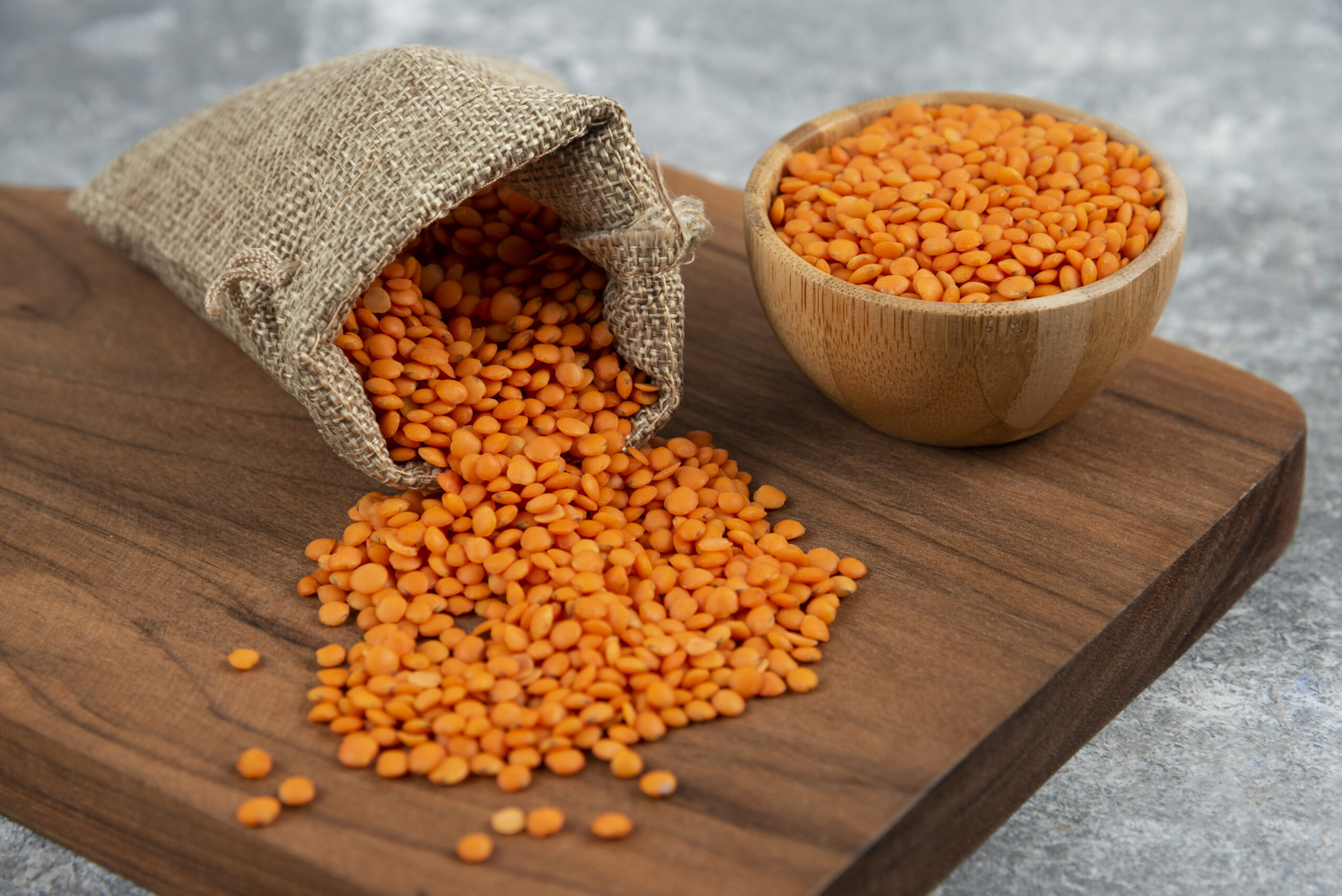Updated on April 9th, 2023
Red lentils are edible legumes, popular in some Asian and Mediterranean regions for being nutrient-dense and easy to incorporate into a variety of recipes. They cook quickly and are a popular ingredient in vegans and vegetarians, bringing a mellow, delicious flavor into these recipes.
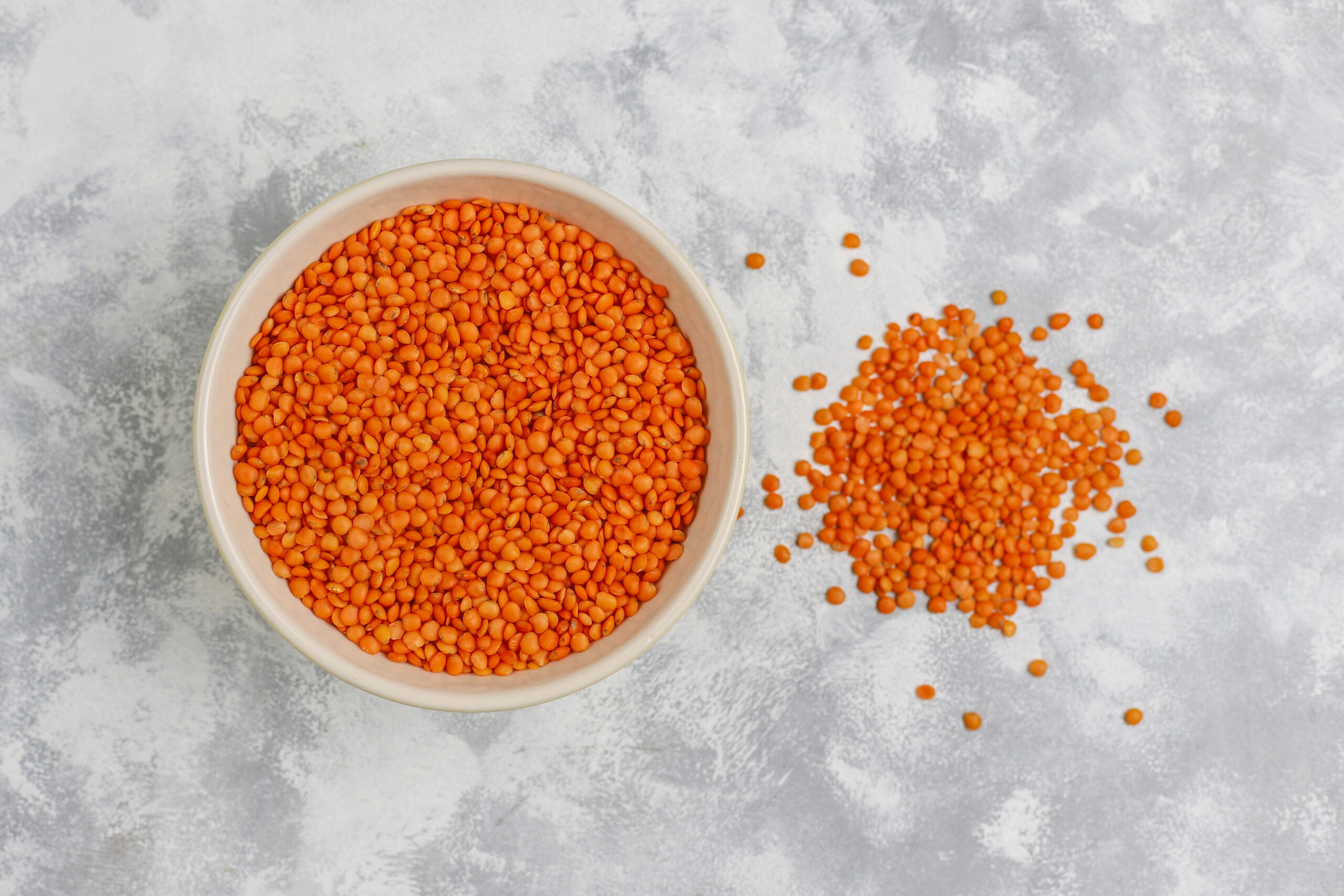
Lentils Nutrition Facts
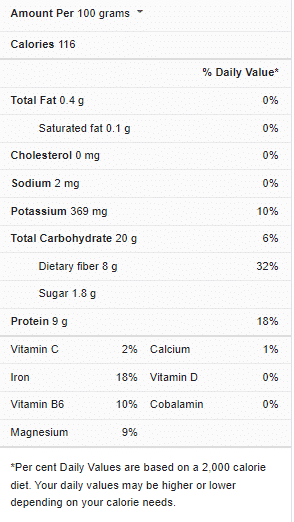
Red lentils are typically available in grocery stores, but not in some regions. For this reason, it is necessary to consider using alternatives if your local stores do not stock this lentil variety. It is also possible that you would prefer a different ingredient to use in its place.
Regardless of your reason for needing a substitute, there are several options that are worthy of consideration when seeking an alternative to red lentils in recipes. Keep reading through these articles to find out more about these options and how to use them to get the best results in your recipes.
What are Red Lentils?
Lentils are an edible variety of legumes, a lens-shaped annual plant with lens-shaped seeds. Around 40 cm (16 in) tall, the seeds are produced in pods, each with two seeds. Canada and India produce the majority of the world’s food crops, accounting for 58 percent of overall production.
In particular, red lentils are often referred to as “masoor dal,” a popular ingredient in vegan and vegetarian dishes. They’re nutrient-dense legumes high in dietary fiber, plant-based protein, vitamins, and minerals.
Red lentils are a type of legume that cooks quickly. They have a mild flavor and disintegrate when cooked, and they do not keep their shape like brown or green lentils. They’re great in soups, dahl, curries, dips, and a variety of other dishes.
Uses of Red Lentils in Recipes
Red lentils are a sweet kind of lentils that can be incorporated into a wide variety of recipes. When compared to other lentils, red lentils cook faster and have a mushy texture when cooked. As a result, it’s ideal for thickening soups.
Red lentils can be used in soups, salads, purees, stews, and other dishes. They have a mellow flavor that goes well with heavy foods. Some other recipes in which you can typically find red lentils include:
- Vegan red lentil curry
- Indian red lentil Dahl
- Greek red lentil soup
- Red lentil pasta sauce
- Spicy red pasta with lentils
- Lentil bolognese
- Spaghetti with lentils and marinara
- Curried lentils in tomato sauce
- Lentil ragu
- Sicilian lentil pasta sauce
- Skirt steak with lentil salad
- Red lentil chicken soup
- Red lentil rice
- Smoky red lentil stew
- Red lentil sweet potato stew
Substitutes for Red Lentils
Red lentils are used in a number of dishes, including sauces, soups, and stews. They are especially popular in Asian and Mediterranean locations, and they can be used in a variety of ways. When looking for red lentil substitutes, it is important to search for options similar in taste, texture, and consistency to red lentils.
Our suggested alternatives for red lentils include the following:
Yellow Lentils
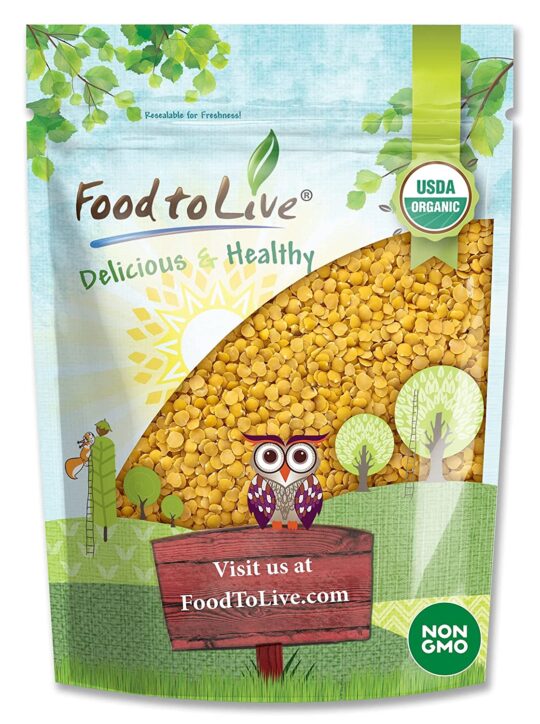
Yellow lentils are considered the most similar to red lentils and can thus be used to replace them in recipes. The difference in flavor and texture between red and yellow lentils is not a lot. In addition, yellow lentils lend a creamy texture to soups and stews. When cooked, they are also thick, just like red lentils.
The color and length of time it takes to cook the yellow lentils, which are longer than the red ones, are some of the major contrasts it possesses compared with red ones. Another distinction is the taste of yellow lentils, which are not as sweet as red lentils.
Peas
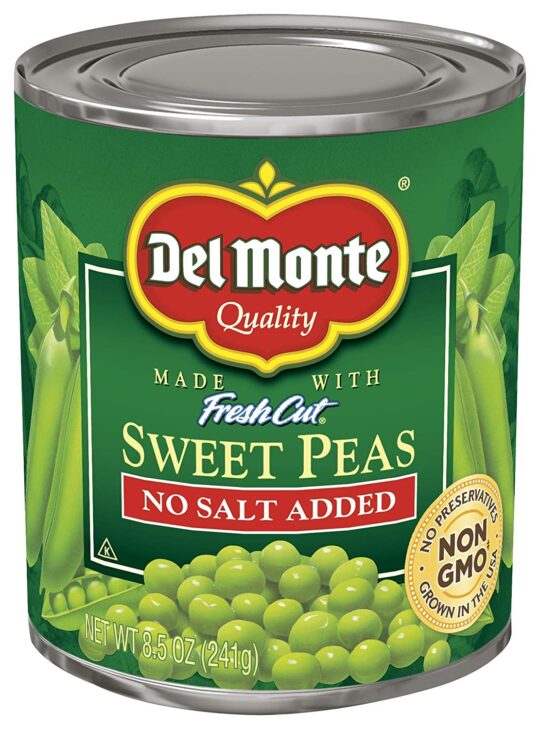
Peas are the next best non-lentil replacement for red lentils. The majority of split peas taste like red lentils. They both belong to the same bean family; therefore, there are a lot of similar features that make them a good replacement option for red lentils in meals.
The difference in flavor between pea soup and red lentil soup is almost imperceptible. However, compared to peas, lentils require far less time to cook. In terms of protein, both have the same nutritional value. If you’re looking for a healthy alternative, peas are a good choice because they have fewer calories than lentils.
Beans

Beans work basically in the same way that lentils do. As a result, if you’re looking for a red lentil substitute that’s similar in flavor, consistency, and texture, beans are an excellent choice.
Different beans, such as Navy, Pinto, Garbanzo, fava, and lima, can substitute soups, salads, casseroles, and other dishes. These options come in a variety of sizes, shapes, and colors.
Red lentils are small, split lentils, and beans, on the other hand, are usually larger and whole. This is one of the major differences you’ll encounter when comparing beans with red lentils and attempting to make a substitution.
Frequently Asked Questions (FAQs)
Can I substitute regular lentils for red lentils?
Other lentils can be used instead of red lentils, but the texture and flavor will be different. Red lentils, which also fall apart during cooking, are a better substitute in a soup than French green lentils, which can be used in salads and side dishes.
What is the difference between red lentils and regular lentils?
Green lentils are available in two kinds, whereas red lentils are available in multiple varieties. The earthy flavor of green lentils is stronger than that of red lentils. When cooked, green lentils remain solid and do not dissolve with extended cooking times, but red lentils disintegrate with longer cooking times.
Which color lentils are the healthiest?
The healthiest lentils are black lentils, and they are the most nutritious lentil variant and require around 25 minutes to cook. According to the USDA, a half cup of uncooked black lentils contains 26 grams of protein, 18 grams of fiber, 100 milligrams of calcium, 8 milligrams of iron, and 960 milligrams of potassium.
Conclusion
Red lentils are culinary staples in lots of Asian and Mediterranean cuisine, and they introduce a mellow flavor into recipes in which they are used. If, however, you’re not one to enjoy lentils, or you simply don’t have any to use in your recipes, consider working with one or more of our suggested options.
These options can mimic some of the effects of red lentils in recipes, provided they are used in the correct substitution methods. So, let nothing stop you from enjoying your red lentil recipes; simply use a substitute if you need one.
